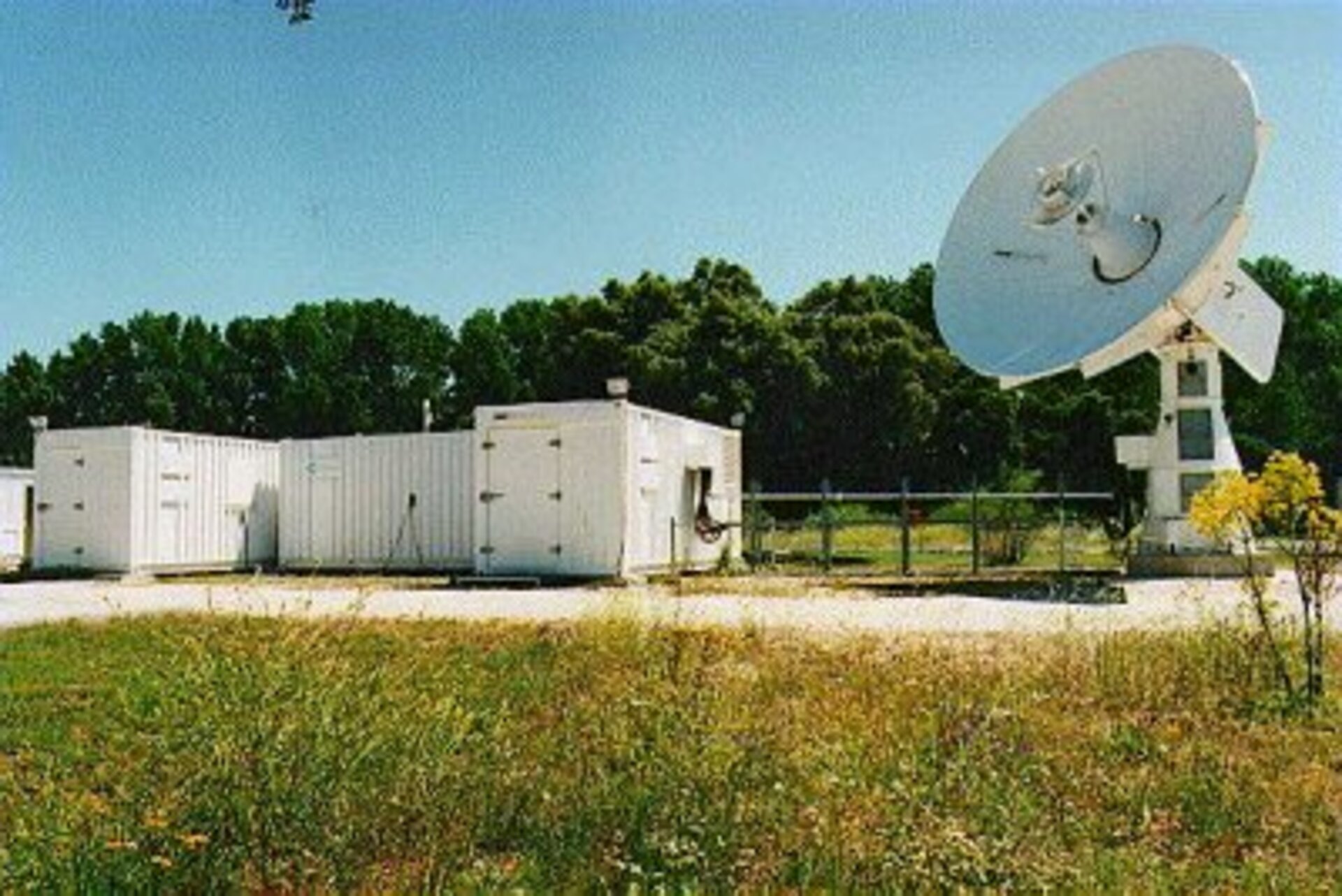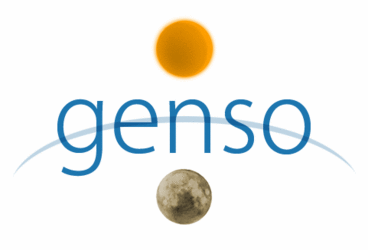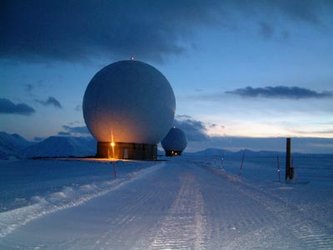Towards A Global Educational Network for Satellite Operations (GENSO)
The design, construction and operation of a small educational satellite provides one of the most valuable opportunities available to students of science and engineering. As a result, many universities have invested time and money in the development of such satellites, together with their dedicated ground stations.
Unfortunately, since a satellite in low Earth orbit is typically only over the horizon at the local ground station for around 30 minutes each day, the amount of time available to transmit or receive signals is very limited. Consequently, it has often been difficult to make full use of the spacecraft and maximise the benefits of such expensive, time-consuming projects. However, this situation is about to change, thanks to a new initiative of the International Space Education Board to establish a global ground station network for educational users.
Assessment Study
An ESA Assessment Study for this ambitious project began in June 2006. Led by experts from the Agency working with AMSAT-UK, the SSETI Association, UNISEC, and several universities around the world, the Assessment Study Team was asked to determine the technical feasibility of the project and define a comprehensive set of technical requirements with suggested design solutions.
A month later, the first workshop was held at the University of Tokyo to discuss the proposal and the potential for inter-continental collaboration. The response from the amateur radio and academic communities was particularly promising.
“Within one week of solicitation we received 26 Letters of Intent signed by academic supervisors of the development teams,” said Neil Melville, ESA Project Coordinator. “Approximately 100 individuals were approached regarding this project, and everyone responded enthusiastically.”
The implementation plan produced at the second workshop, held in ESTEC in late September, included work packages, a preliminary schedule and a budget framework. On 5 October, this plan was presented to the International Space Education Board during the International Astronautical Congress in Valencia.

“The Board gave us the go-ahead to start the design and implementation of the software and hardware, with objective of running a pilot phase around one year from now,” said Neil Melville. “The question of communicating via hundreds of ground stations is obviously a complex issue, but we are planning a workshop next February to discuss our progress and the core features should be ready for testing by mid-2007. If all goes according to plan, we would hope to have the network fully operational from November 2008 onwards.”
Over the coming months, ESA will provide funding for software development and overall project management, with the other space agencies on the board, CSA, JAXA and NASA, sponsoring involvement from Canada, Japan and the USA respectively. The Project Manager will work closely with technical experts in the System Engineering Team and report back to the International Space Education Board at regular meetings.
“One of the key aspects of this project will be that the network is developed ‘by students for students’, with the technical support and guidance of the space agencies and the radio amateur community,” said Melville.
Advantages
The Global Educational Ground Station Network will have many advantages, in addition to the creation of a global infrastructure that will be available for future educational satellite projects. By increasing communication time from an average of 3% to a potential 60%, it will become possible to access spacecraft data in real time at low cost.
The network is being developed by encouraging close links between the space education community and the radio amateur community. This fruitful collaboration, initiated during the SSETI Express project, brings technical expertise and experience to the network, as well as the potential for many radio amateur ground stations, not to mention AMSAT spacecraft, participating in the network.
By bringing together many individuals and organisations from around the world, the network will foster international relations and worldwide cooperation. This, in turn, will encourage the development of a single, focused space education community.










